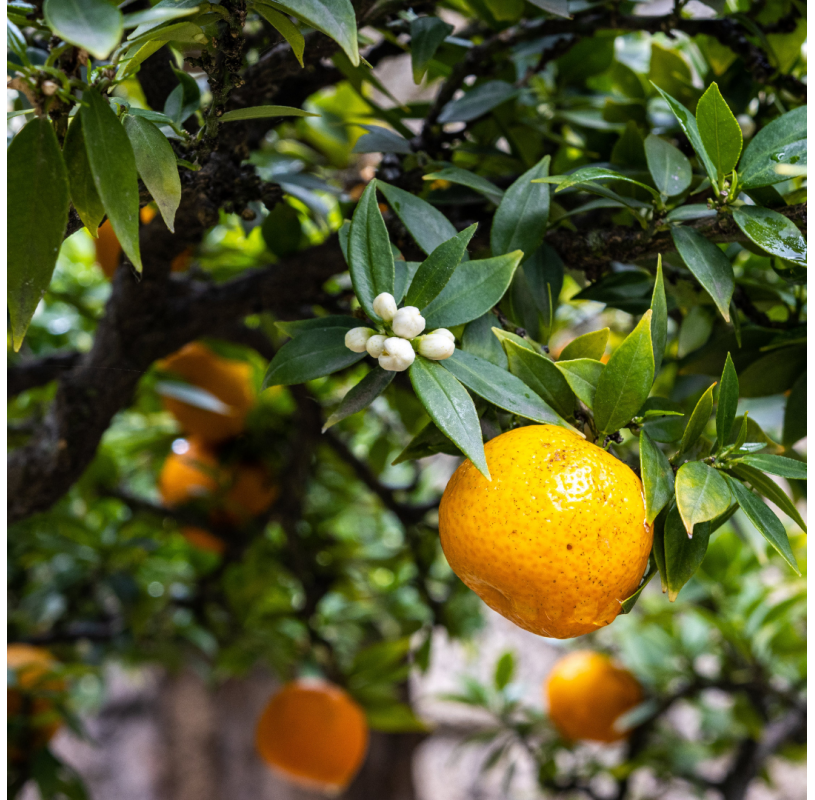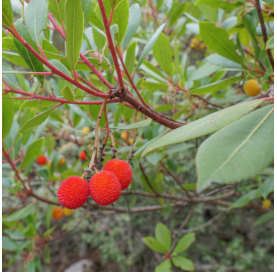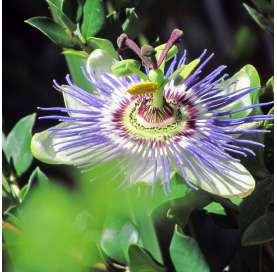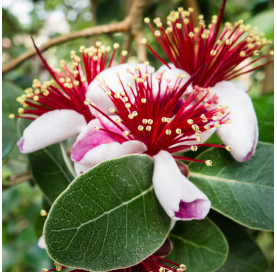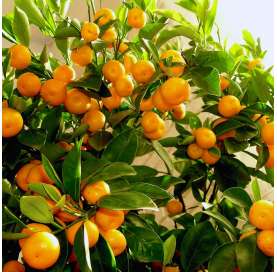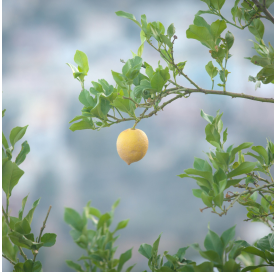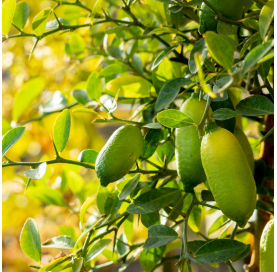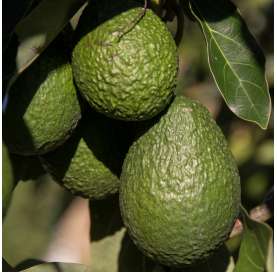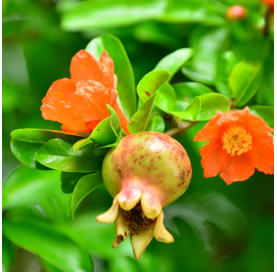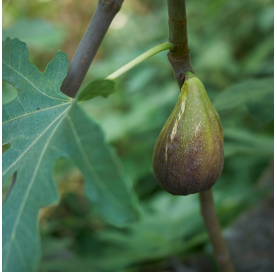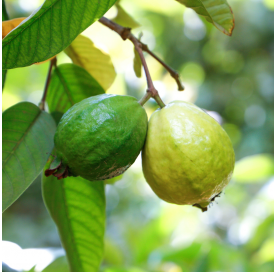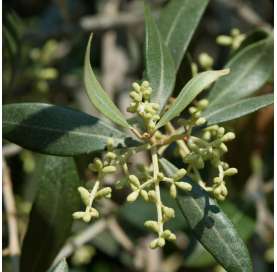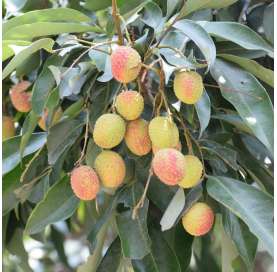Orange tree - citrus x sinensis C25
Naranjo o Citrus x sinensis el más conocido de los cítricos, sus flores tienen una fragancia muy particular ( flor de azahar).
 Encrypted payments for greater security
Encrypted payments for greater security
To reduce the plant's time in transit, shipments are made from Monday to Wednesday.


Shipping only to mainland Spain and mainland Portugal
Description:
The Orange Tree (Citrus x sinensis) is an evergreen tree belonging to the Rutaceae family. Valued for its fruits, flowers, and foliage, it's renowned for its fragrant blossoms known as orange blossoms.
Origin and History:
The Orange Tree (Citrus x sinensis) traces its roots to Southeast Asia, likely in the region encompassing southern China and northern India. Its cultivation dates back thousands of years, evidenced by its existence in ancient China and India.
For centuries, the Orange Tree has been integral to diverse cultures, not only for its fruit but also for its symbolic and medicinal significance. It's regarded as a symbol of prosperity, freshness, and fertility in certain cultures. Additionally, its medicinal properties, such as its ability to provide Vitamin C and other nutrients, made it an essential element in the diets of many ancient civilizations to prevent diseases like scurvy.
Traders and explorers carried the orange tree westward, reaching Europe through trade routes. It's believed that Arabs introduced the bitter orange tree to the Iberian Peninsula in the 10th century, while the sweet orange arrived later, possibly in the 15th century.
Orange cultivation significantly expanded in the 18th and 19th centuries, notably in regions like Spain, Italy, and Portugal, where climatic conditions favored its growth. These European countries played a pivotal role in the development and propagation of different orange varieties.
Today, orange tree cultivation has spread worldwide in regions with subtropical and tropical climates. The orange tree's adaptability to various climatic conditions has led to commercial production in countries like Brazil, the United States, Mexico, India, China, and several Mediterranean countries.
The Orange Tree, with its diverse varieties, remains an important element in agriculture, gastronomy, and culture, offering citrus fruits appreciated for their flavor and versatility in both cooking and traditional medicine.
Care:
- Location: Requires direct sun exposure and should avoid windy areas.
- Propagation: Propagated through grafts or seeds.
- Shaping and Pruning: Typically forms a compact canopy and is recommended to prune in late winter to shape and remove damaged branches.
- Fertilization: Autumn fertilization with compost or manure, and in winter with slow-release fertilizer.
Irrigation:
The Orange Tree requires regular but not excessive watering, allowing the soil to slightly dry between watering to prevent waterlogging.
Pests and Diseases:
Some common pests include:
- Citrus leafminer.
- Red spider mite.
- Scale insects.
In case of infestation, applying systemic insecticide is recommended.
Curiosities:
- Fruit Season: Varies between autumn, winter, and spring, depending on the variety.
- Varieties: Some well-known varieties include:
- Navalate (Dec-May)
- Washingtonia (Dec-May)
- Valencia Late (Mar-Jun)
- Sanguineli - blood orange (Feb-Apr)
http://www.riomoros.com/2014/03/naranjo-dulce-citrus-sinensis.html
Data sheet
- Name
- Orange tree - citrus x sinensis
- Origen
- China and Indochina
- Height
- 6-10 m
- Colour
- Green leaves, white flowers
- Flowering
- Spring
- Location
- Sun
- Irrigation
- Frequent
- Applications
- Garden
- Others
- Can't resist cold
- Note
- Being the product a living plant and depending on the season, this plant could be received, in some cases, not exactly the same as in the photography, but as similar as possible, without impacting on quality of the same.
12 other products in the same category:
-
Strawberry Tree (Arbustus...€23.00
-
Passion Fruit (Passiflora...€25.00
-
Acca sellowiana- Feijoa€19.00
-
Calamansi "X...€39.90
-
Citrus x lemon tree.€34.00
-
Citrus microcitrus...€33.00
-
Avocado - Persea Americana.€25.00
-
-
copy of Fig Tree in Tube.€20.00
-
Psidium guajava - Guayaba€24.00
-
Mini olive tree in clay bowl€23.50
-
Lychee in Tube.€50.00

 English
English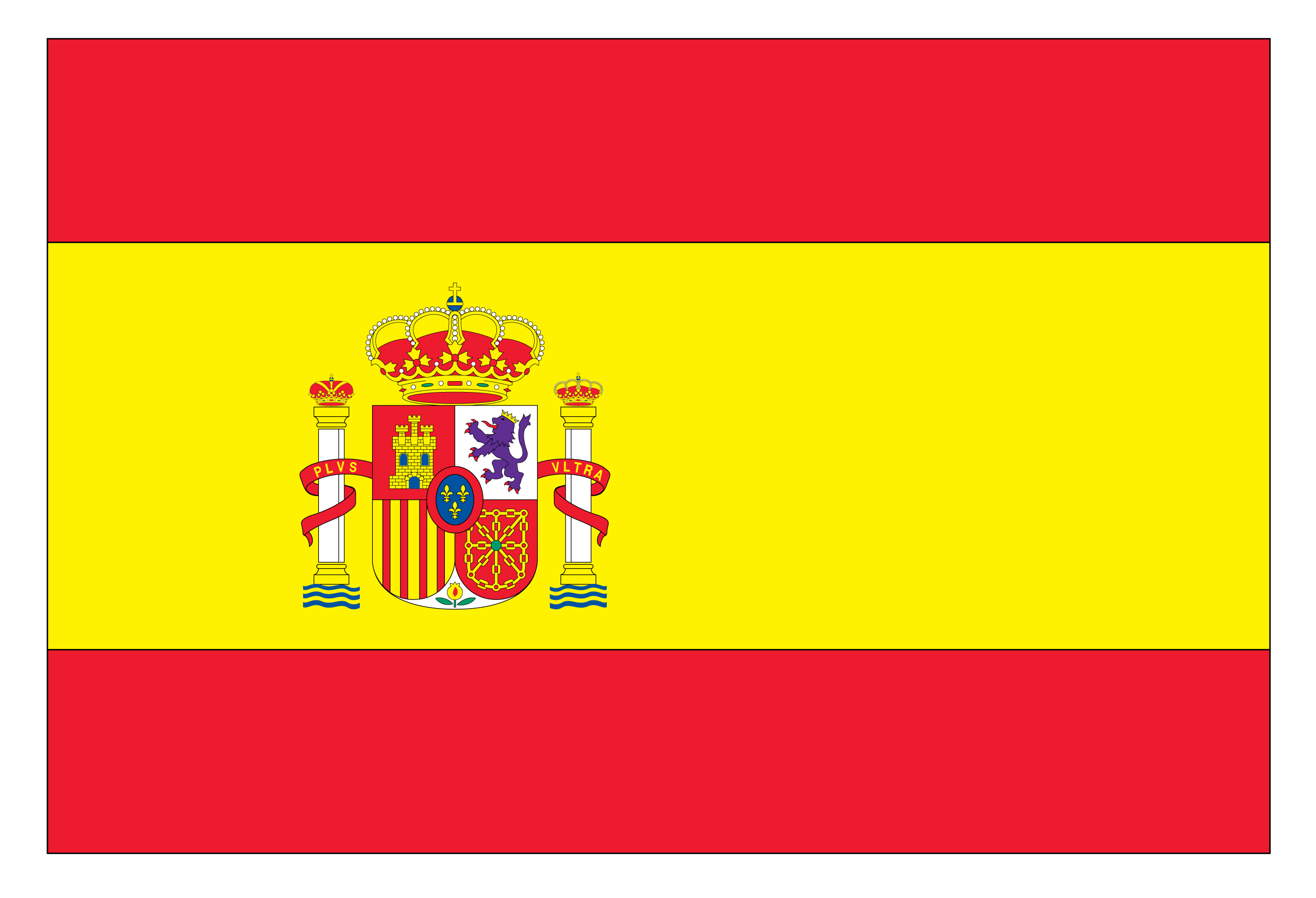 Spanish
Spanish